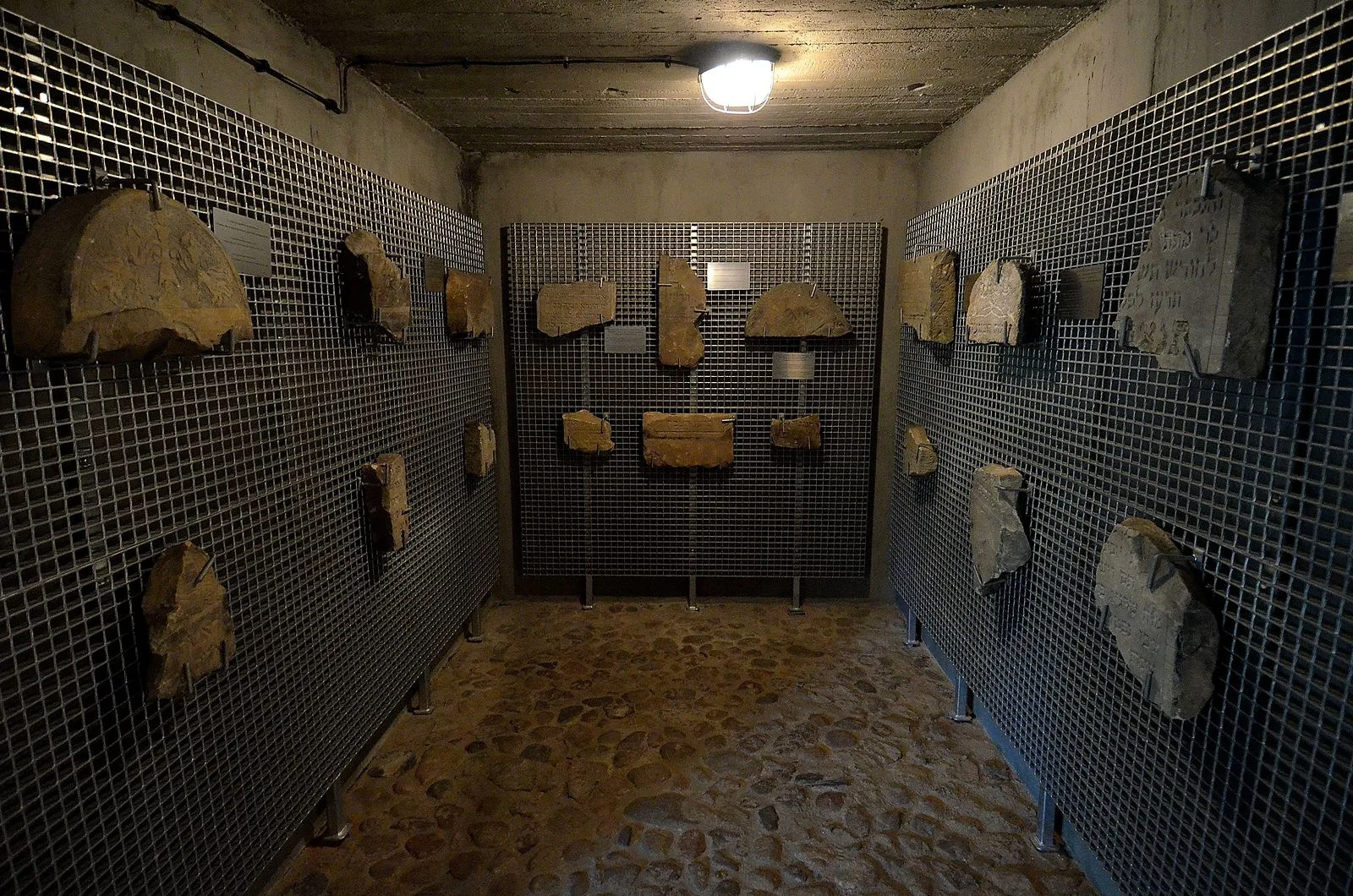With the construction of a new museum, Poland now finally possesses an appropriate venue to recount the harrowing history of Treblinka.
Call for Treblinka memorial
Prior to the conclusion of the Second World War, several institutions including the Polish-Soviet Commission for the Investigation of German Crimes, had already begun examining the atrocities committed by the Nazi regime at the Treblinka death camp.
Between 1941 and 1942, the Schutzstaffel (SS) established a forced labour camp for Jewish individuals, known as Treblinka I, on this site in north-east Poland. A mile away, Treblinka II was set up as an extermination centre, deliberately sited as one of the Operation Reinhard killing centres due to its advantageous rail links to Warsaw, Lublin, Radom and Bialystok.
It is estimated that around 925,000 people were murdered at Treblinka, primarily Jews deported from the Warsaw ghettos, as well as Poles, Roma, and Sinti. According to Iwona Wasilewska, Deputy Director for Administrative and Economic Affairs at the Treblinka Museum, it is “one of the most significant sites of martyrdom in the world”. Yet, for decades, only a small number of Treblinka survivors, notably the author and sculptor Samuel Willenberg, and his wife Ada Krystyna, along with some Polish citizens and international scholars have fought to ensure that this history is not forgotten. The new, purpose-built museum aims to enshrine this memory permanently.
The concept of a Treblinka memorial museum was first proposed in 1947; however, no definitive steps were taken at the time. This inaction can partly be attributed to the extensive efforts by Nazi authorities to eliminate all evidence of their crimes. As Soviet forces advanced in July 1944, the camp administrators dismantled the structures, executed the remaining prisoners, and evacuated their staff. They then camouflaged the site by converting it into a farm managed by an ethnic German farmer, and the land was planted with lupine flowers.
An official memorial was unveiled in 1964, designed by Franciszek Duszeńko, Adam Haupt and Franciszek Strynkiewicz, leading to the establishment of the Mausoleum of Struggle and Martyrdom in Treblinka. By the 1980s, this had been transformed into a museum under the auspices of the Regional Museum of Siedlce. It was not until 2018, however, that the Museum Treblinka was established as an independent cultural institution, jointly managed by the Masovian Voivodeship Self-Government and the Polish Ministry of Culture and National Heritage.
Throughout this period, the museum has been housed in a modest 1960s building originally constructed for a former caretaker. This small edifice was extended in the 2010s to include an exhibition space and a conference room. Over the years, significant archaeological discoveries and the dwindling number of Holocaust survivors have underscored the urgent need for a more suitable memorial venue.
Expanded Display Space and Enhanced Facilities
The new museum, currently under construction and designed by the Warsaw-based architecture firm Bujnowski Architekci, will offer 730 square metres of exhibition space – a substantial increase from the existing 150 square metres. At present, many workshops are conducted remotely, which, as Wasilewska notes, limits visitors from “engaging directly with the authentic memorial site”, a vital objective for the institution.
Recent georadar investigations of Treblinka’s subterranean levels initiated by the British scholar Caroline Sturdy Colls and conducted by Sebastian Różycki from the Warsaw University of Technology have revealed further evidence of gas chambers and cremation grids.
In 2025, research efforts will focus on locating “der Schlauch” (the tube), the concealed passageway that led from the fenced receiving area to the gas chambers. A new publication, Treblinka: Traces of Crime, which compiles all archaeological findings to date, is scheduled for release in April.
The new museum building will also feature expanded educational spaces, a conference hall, administrative offices, archival and storage facilities, and a designated area for quiet reflection. Additionally, a dedicated hall will be devoted to Willenberg’s figurative sculptures, many of which vividly depict daily life in the camp – from a father bending to remove a child’s shoe to naked women huddled together and prisoners sifting through piles of belongings.
In 2024, the museum welcomed 37,000 visitors, signalling a gradual return to pre-pandemic attendance levels (which exceeded 61,000 in 2019). It is hoped that the new building will attract considerably higher visitor numbers.
Wasilewska summarised the imperative of this endeavour, “Treblinka is a place where, during the German Nazi occupation, contempt for fellow human beings was concentrated, resulting in genocide. Here, the horrific plan to murder the innocent was executed on a massive scale. This places upon us the responsibility not only to remember the tragic fate of its victims but also to continually examine our own value systems and attitudes towards others. This is essential not only to preserve memory but also to prevent similar crimes from occurring in the future.”
